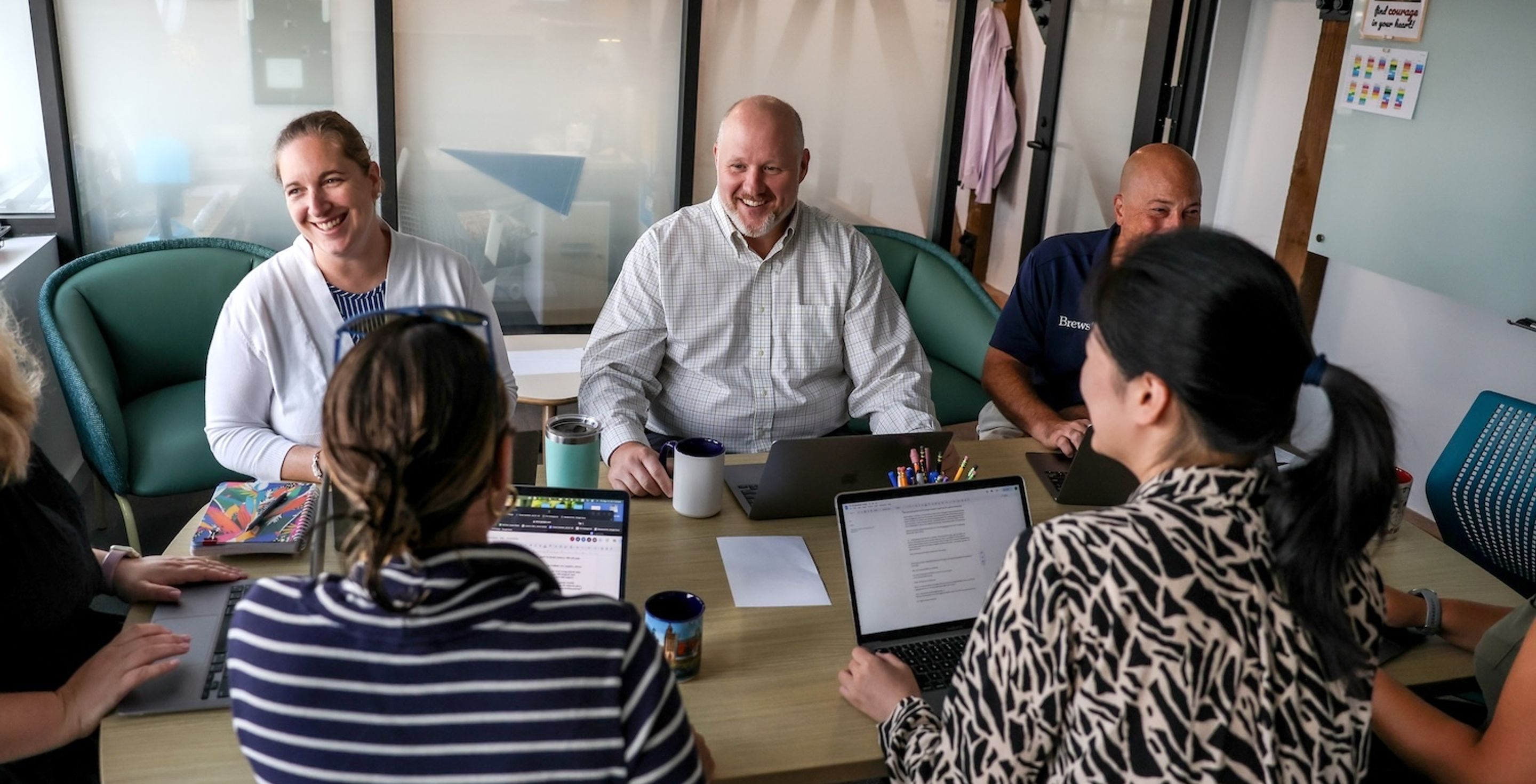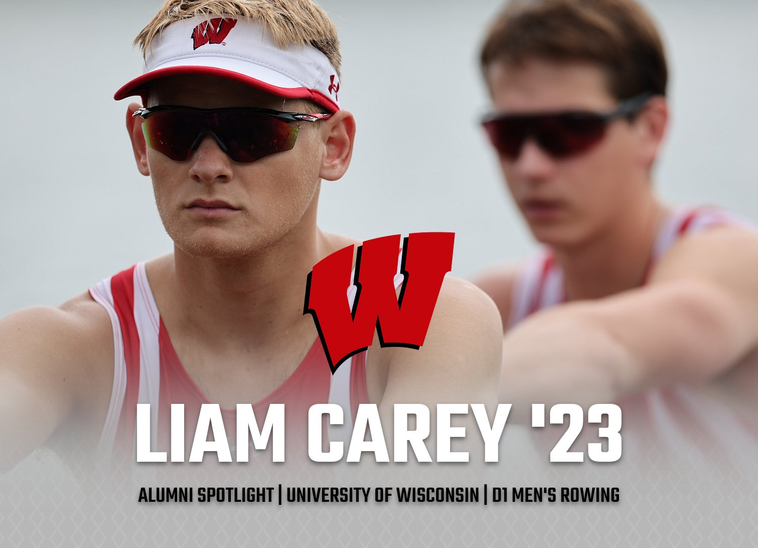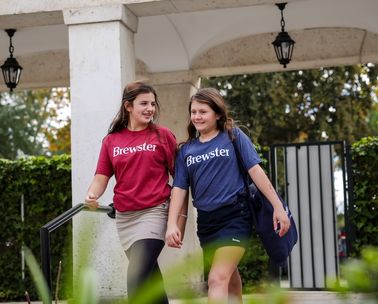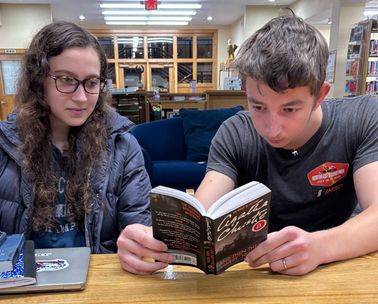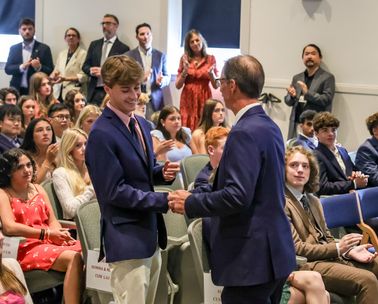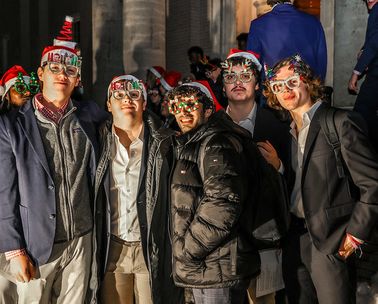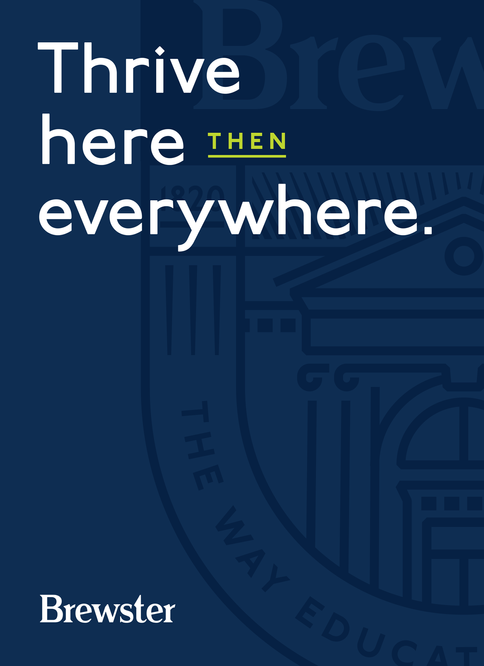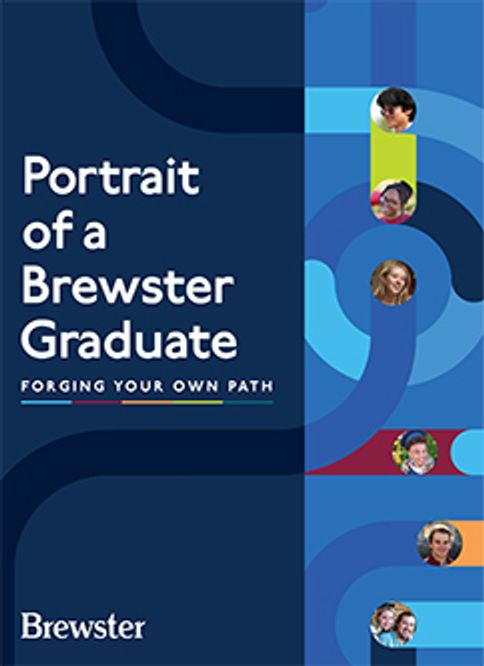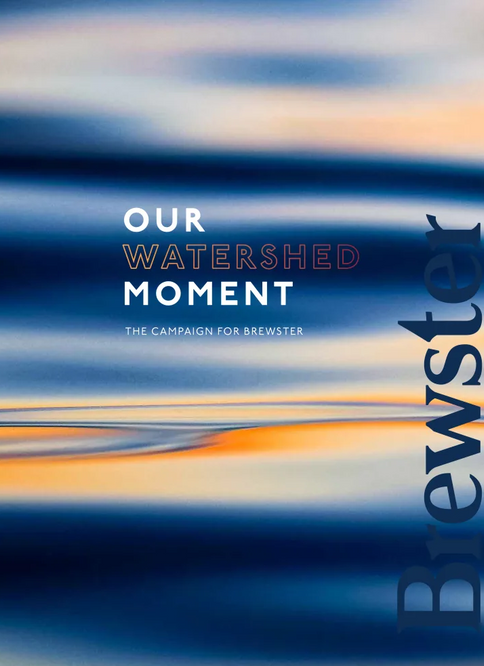Select category

Alumni Athlete Spotlight: Liam Carey '23
Liam Carey '23 of Hingham, Mass. continues to be a major contributor for…
Read more
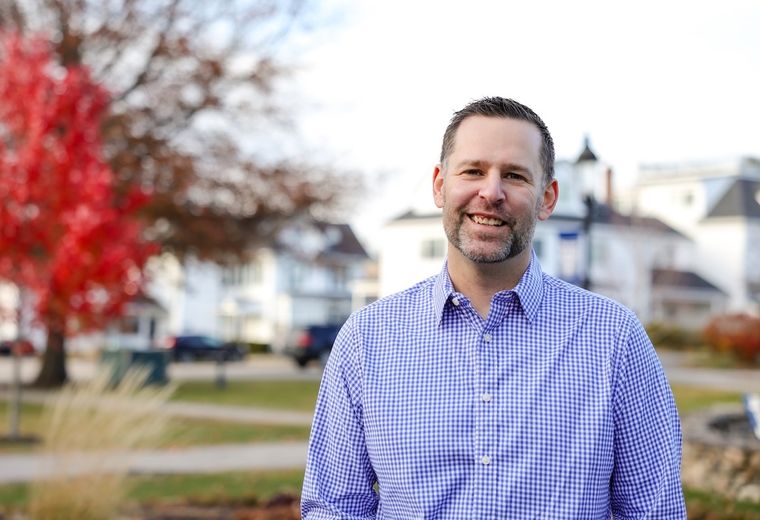
Sean Collins Named Head Coach of Brewster Boys’ Varsity Hockey
We are thrilled to announce that Coach Sean Collins will be our incoming…
Read more
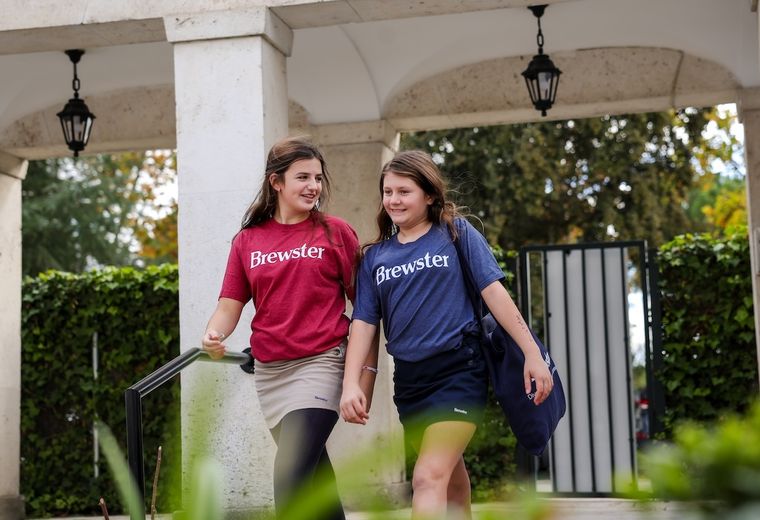
Brewster Celebrates the Joyful Opening of Its New La Moraleja Campus in Madrid, Spain
By Bryan Gross
Read more
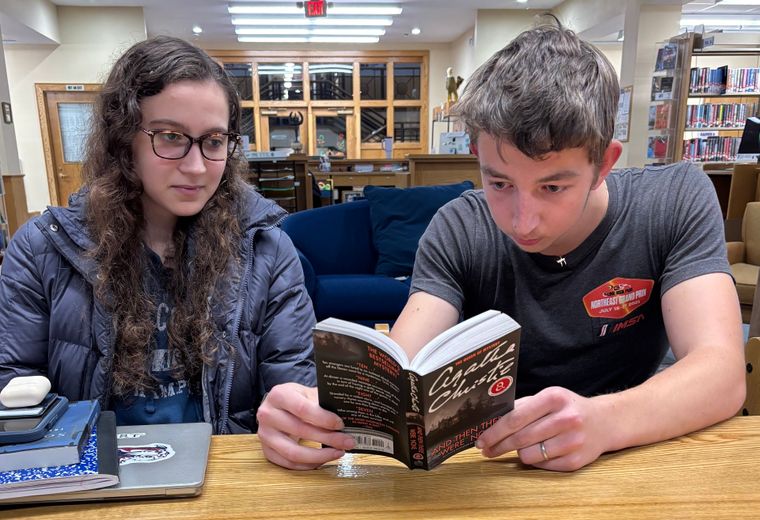
Page Turners Unite in Brewster's Book Club
By Suzanne Morrissey
Read more
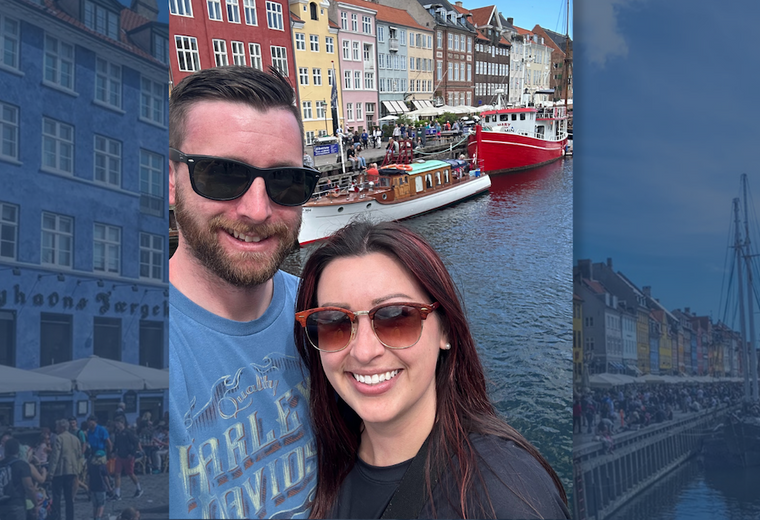
Meet the Staff: Caitlin Ward
By Suzanne Morrissey
Read more
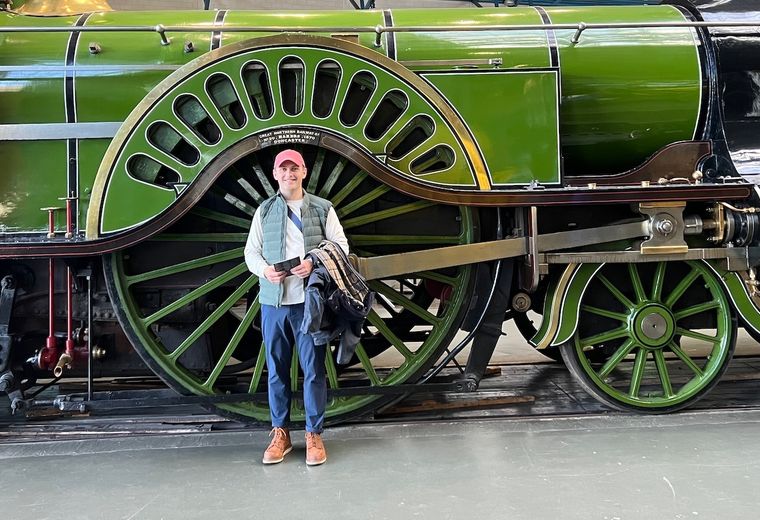
Meet the Faculty: PJ Tessier
By Suzanne Morrissey
Read more

New issue of Brewster Magazine has arrived!
The latest issue of Brewster Magazine has dropped, and there's something…
Read more
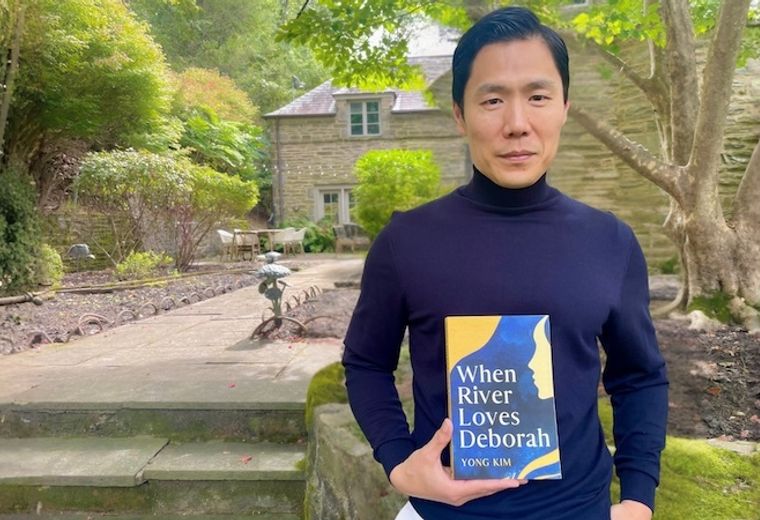
Building Resilience: Yong Kim ’96 Charts His Own Path
By Kara McDuffee
Read more
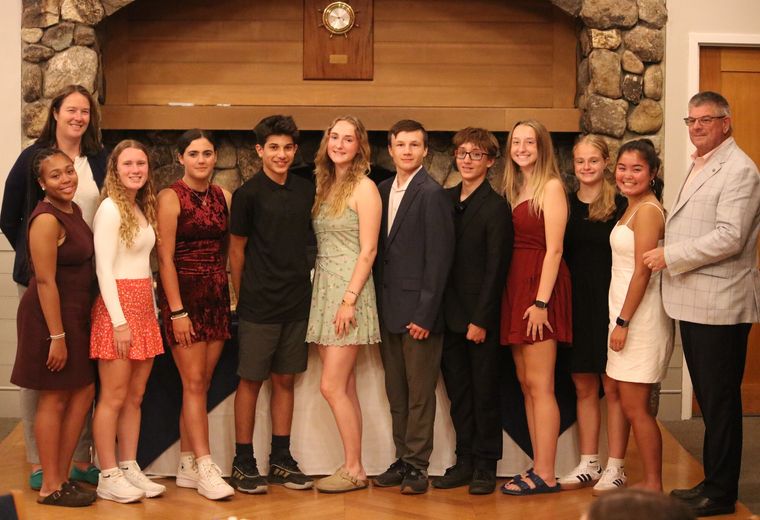
Advice, Adventures, and Gratitude: Curvey Scholars Reflect
The Curvey Scholar Program at Brewster is celebrating more than 15 years…
Read more
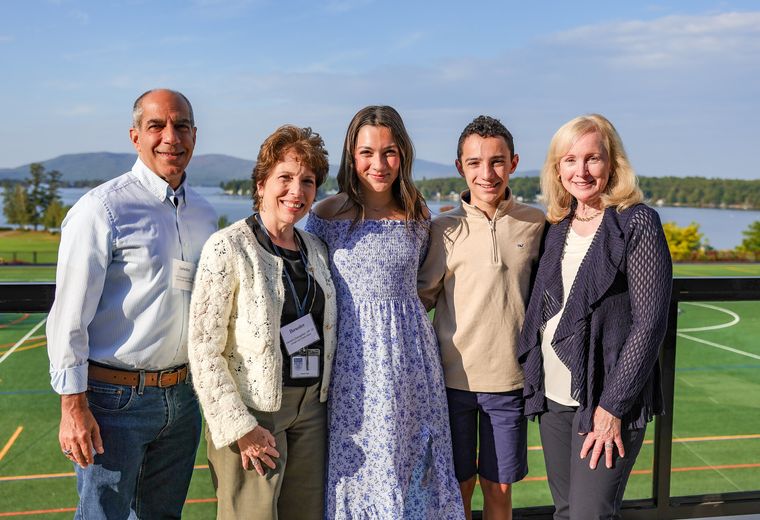
Grandparents Day Reflections
By Kristy Kerin
Read more
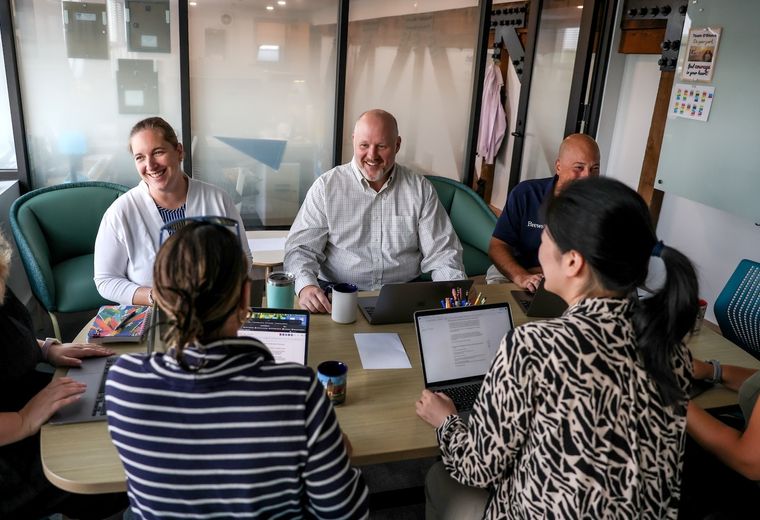
More Than Grades: The Power of Brewster’s Team System
By Suzanne Morrissey
Read more
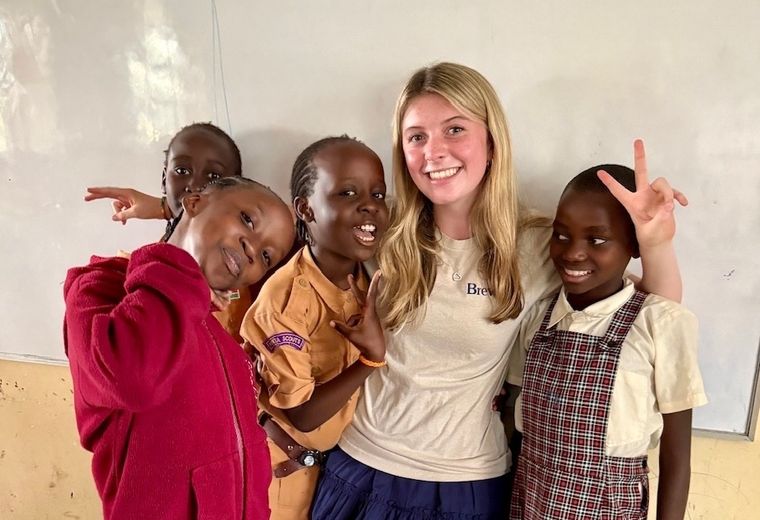
Empathy In Action
Congratulations to Mollie Luth ’27 for being named to Bedford & New…
Read more
